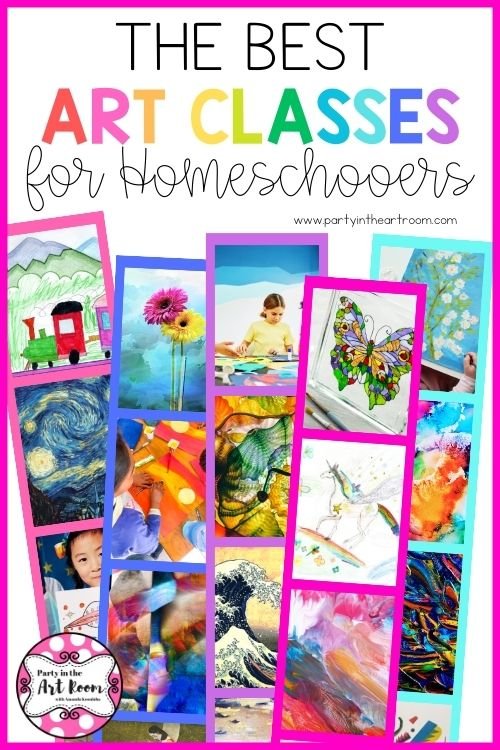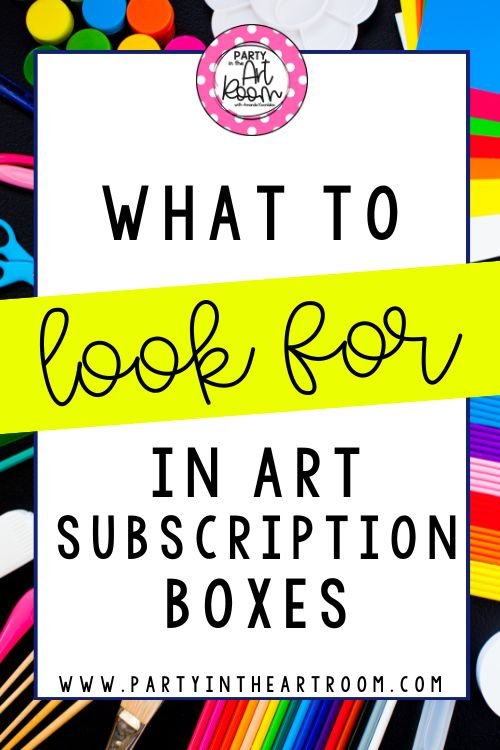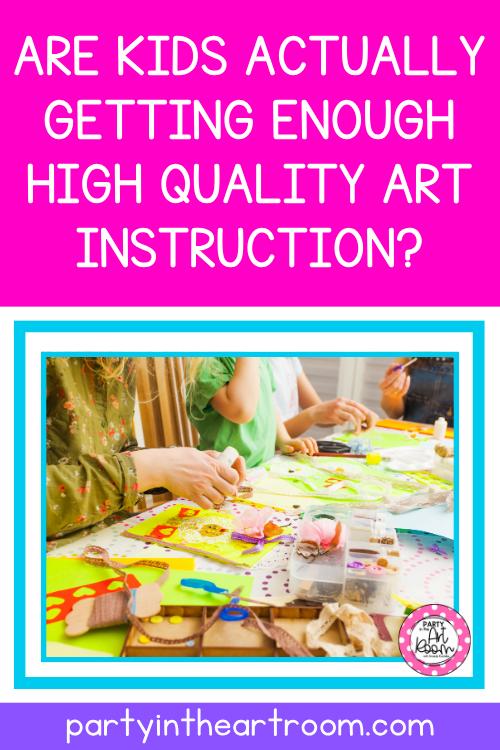How To Empower A Kid Who Doesn't Like Art
Not every child is drawn to painting, coloring, or crafting—and that’s okay! But what if their dislike of art is really just a lack of confidence, exposure, or the right approach? Creativity comes in many forms, and empowering a child who claims they “don’t like art” isn’t about forcing them to paint—it’s about helping them discover self-expression in ways that feel exciting and natural to them. Whether your child prefers building, storytelling, or even problem-solving, there are countless ways to help them shift his/her thinking about art.
Start with a Hook: Drawing What They Love
Many kids resist art because they don’t know where to start or feel intimidated by the process. One great way to hook a reluctant artist is to start with something they already love—drawing their favorite characters!
Use Guided Drawing to Build Confidence
A resource like Art for Kids Hub’s drawing library is an excellent place to begin. Their step-by-step tutorials help kids learn how to draw characters they recognize and love, making the process feel approachable rather than overwhelming.
How this helps:
Kids feel immediate success because they’re drawing something familiar, not just “random” shapes.
While guided drawing builds confidence, it doesn’t always encourage critical or creative thinking—it’s just copying. Think of it as a stepping stone rather than the goal.
Once they’re hooked, try branching out with these next steps…
Get Creative: Move Beyond Step-by-Step Drawing
Now that your child has warmed up to art, it’s time to introduce creativity in a way that feels natural and fun.
Ways to Encourage Creative Thinking:
✅ Take the Lesson Outside – Kids who don’t love “sitting down to do art” might enjoy drawing with sidewalk chalk, painting on rocks, or using nature as inspiration.
✅ Tell a Story Through Art – Instead of just drawing characters, have them create their own! What’s their character’s name? What’s their personality like?
✅ Use Mixed Media – If traditional drawing doesn’t excite them, try materials like collage, clay, or even digital art apps.
🎯 The goal: Shift from “copying” art to creating something unique based on their ideas.
Break the Process Into Smaller Steps
Ever heard “I don’t like art” from a kid? 😩 It’s often not about disliking art—it’s about being overwhelmed by the process.
That’s why I LOVE the art boxes from Outside the Box Creation💌—this curriculum breaks down the creative process into small, manageable steps so kids can build confidence without the frustration.
👉🏻 Check it out + grab your first OTBC box here.
A common reason kids say they “don’t like art” is because they feel overwhelmed. A full art project can seem too big, too hard, or too time-consuming—which leads to frustration.
The best way to help? Break it up over time. Instead of tackling an entire project in one sitting:
🖌 Day 1: Sketch ideas.
🎨 Day 2: Add details.
✨ Day 3: Color and refine.
By slowing it down, kids stay engaged and don’t burn out.
BEST RESOURCE FOR THIS?
Outside the Box Creation (OTBC)! Their subscription box breaks art lessons into bite-sized, engaging activities that unfold over time, making it perfect for kids who struggle with art frustration. Their kits are developmentally appropriate, aligned with key art standards, and flexible.
Celebrate Progress, Not Perfection
Kids need to know that art isn’t about getting it “right”—it’s about expressing themselves. Help them feel successful by:
⭐ Praising effort, not just the final product
⭐ Showing them how “mistakes” can become part of the art
⭐ Displaying their work proudly (even if it’s just hanging on the fridge!)
The more they feel good about creating, the more they’ll want to keep going.
Final Thoughts: Every Kid Can Love Art in Their Own Way
Not every child will be a future artist, and that’s okay! The goal isn’t to turn them into art lovers overnight—it’s to help them build confidence, creativity, and a sense of accomplishment.
To recap:
✅ Start with a hook (drawing favorite characters with Art for Kids Hub’s drawing library)
✅ Encourage creativity (take it outside, mix media, tell a story)
✅ Break it up over time (OTBC subscription boxes are great for this!)
✅ Celebrate progress instead of perfection
Give these strategies a try, and watch your child find their own way to enjoy art—on their own terms.
🎨 Which strategy do you think your child would enjoy most? Send me a message and let me know!
You Might Also Be Interested In:
Affiliate Disclosure: Party in the Art Room is supported by its audience. When you purchase through links on this site, a commission may be earned.Hi! I’m Amanda. Teaching children to be creative thinkers is my greatest joy. I’m here to help you bring that same joy to your classroom.
Designed for upper elementary and middle school students (Grades 5–8), this engaging art history workbook for kids blends full-color images, fascinating artist biographies, and critical thinking questions to inspire young learners.














